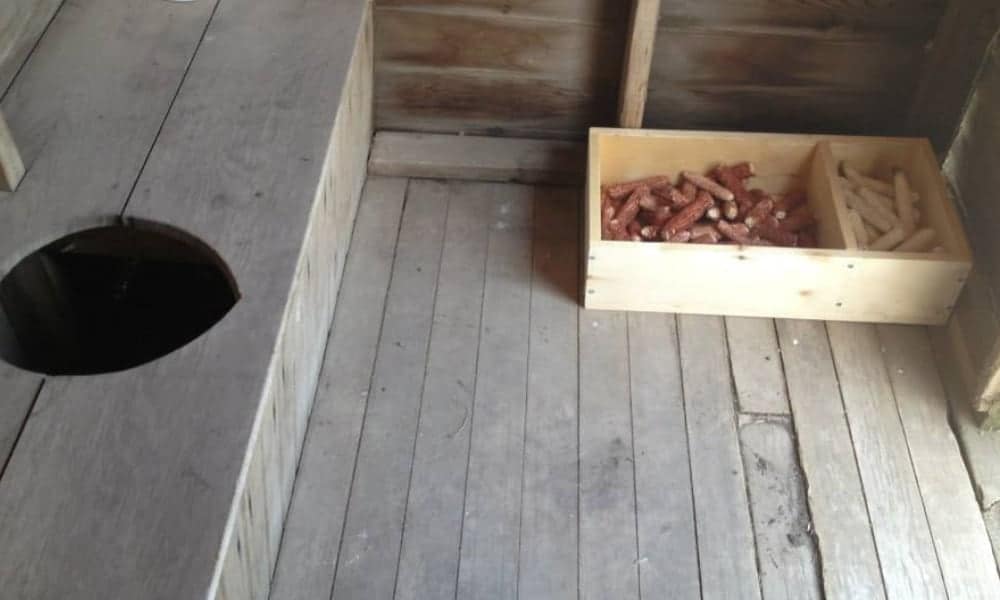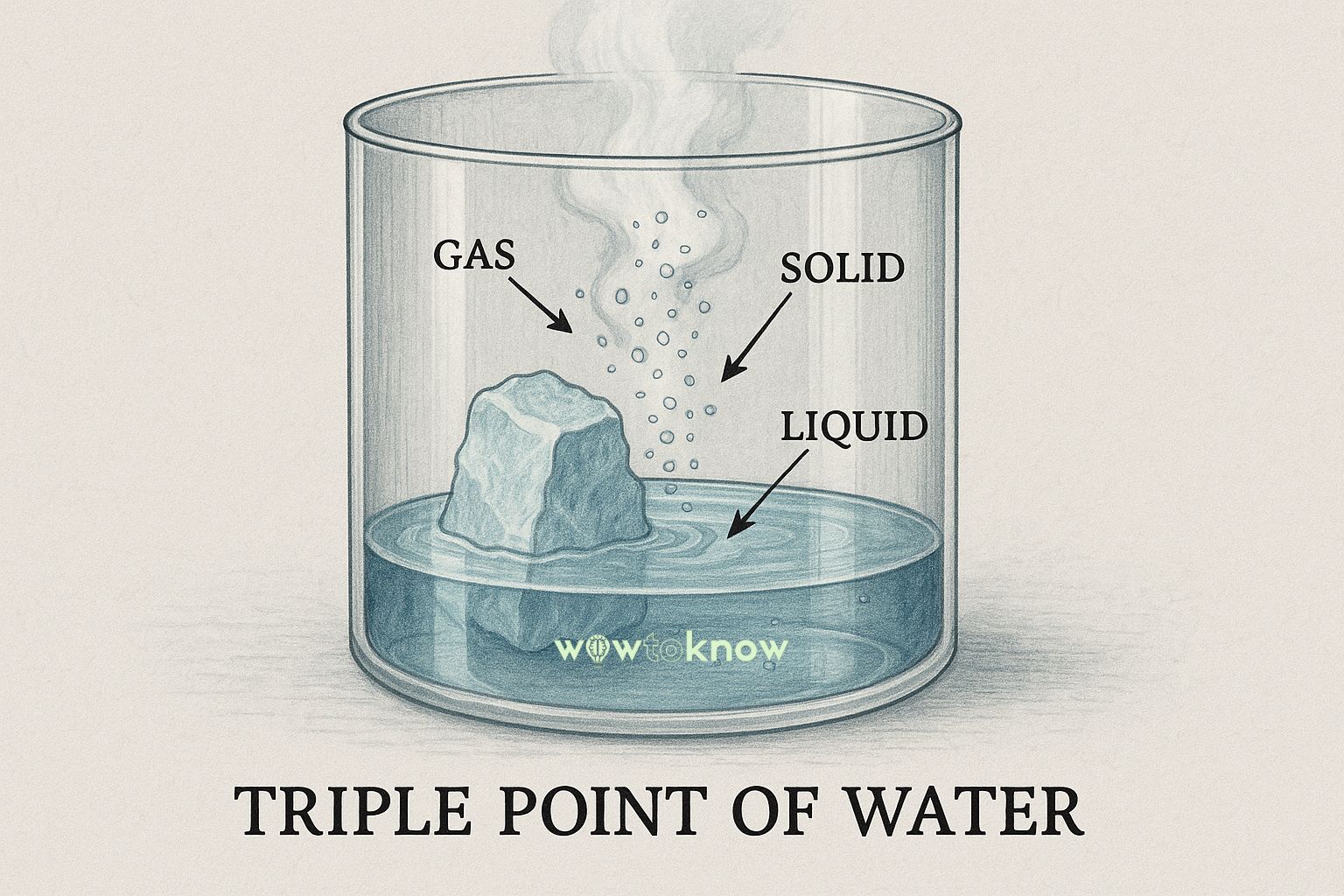Before the advent of modern toilet paper, Americans found innovative ways to stay clean. One of the most surprising and resourceful methods involved using corn cobs. This unique approach not only highlights human ingenuity but also provides a fascinating glimpse into historical hygiene practices.
The Practical Use of Corn Cobs
In the days before commercial toilet paper became widely available, rural Americans often turned to what was readily available in their environment. Corn cobs, which were plentiful after the harvest, served as a practical and efficient means for personal hygiene. Their size and texture made them suitable for the task, and they were commonly used in outhouses across the country.
The Transition to Toilet Paper
The transition from using corn cobs and other materials like catalogs, leaves, and sponges to modern toilet paper began in the mid-19th century. Joseph Gayetty is credited with inventing the first commercially available toilet paper in 1857, which was marketed as “Gayetty’s Medicated Paper.” However, it wasn’t until the early 20th century that toilet paper became a household staple, with improvements in paper quality and the introduction of perforated rolls.
FAQ
Why did Americans use corn cobs before toilet paper was invented?
Corn cobs were readily available, especially in rural areas, and their size and texture made them practical for personal hygiene.
When was the first commercially available toilet paper introduced?
The first commercially available toilet paper was introduced by Joseph Gayetty in 1857.
What other materials were used for hygiene before toilet paper?
Before toilet paper, people used a variety of materials including leaves, sponges, grass, and pages from catalogs.








Thanks for sharing. I read many of your blog posts, cool, your blog is very good.
8kBetApp is the next thing on my list! Seems easy to use which is exactly what I’m looking for. Download it here: 8kbetapp
Yo, ACB88bet! Gave it a shot last night. Pretty solid experience, gotta say. The slots were hitting, and I liked the variety of games. Definitely worth checking out if you’re looking for something new. Check them out: acb88bet!